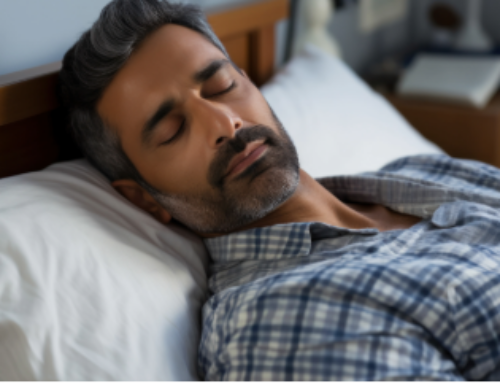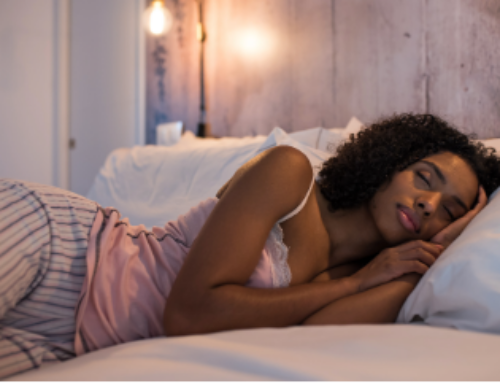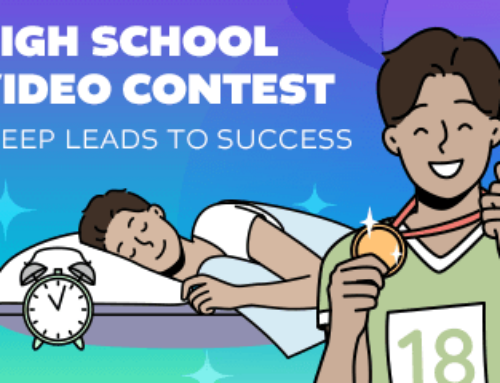Submissions are now being accepted for the American Academy of Sleep Medicine’s 2023 “Unplug to Recharge” High School Video Contest. Entrants will compete for a cash prize and raise awareness about the importance of sleep for teens and the effect of technology on teen sleep.
High school students can enter the contest by submitting an original video that ranges 15 to 90 seconds long to help teens understand how technology affects sleep and how teens can change technology usage habits to improve their sleep. A panel of judges (including physicians and teens) will review videos for originality, quality, appropriateness, relevance and accuracy of the messages.
Along with a balanced diet and regular exercise, sleep is one of the pillars of a healthy lifestyle, helping to improve health, well-being, and mood. Sleep helps teens perform their best at school. When students get good sleep, their memory is sharper, and they think more clearly and creatively. Sleep also energizes teens for peak performance in sports, making them faster, stronger and more accurate. Finally, sleep keeps teens safe by helping them to avoid motor vehicle accidents caused by drowsy driving.
The American Academy of Sleep Medicine recommends that teens between 13 and 18 years of age should sleep 8 to 10 hours per night on a regular basis to promote optimal health. However, CDC data show that about 78% of U.S. high school students report sleeping fewer than 8 hours on an average school night. Technology usage at night, including screen-based media, late-night binge watching and social media use, along with other factors, prevents teens from getting the sufficient sleep they need. As a result, these students are experiencing chronic sleep restriction, which can negatively impact their physical and mental health, academic and athletic performance and overall mood. Chronic sleep loss also can influence teens’ decision-making, putting personal and public safety at risk.
The 2023 AASM High School Video Contest rules and eligibility information can be found on the Sleep Education website.
Authored by:
Sydney Preston





